Stainless steel knowledge
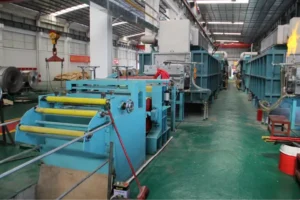
Why Understanding Stainless Steel Chemical Composition is Critical for Your Sourcing Decisions
Understanding the chemical composition of stainless steel is crucial for making informed sourcing decisions. This knowledge ensures the material’s performance in terms of corrosion resistance, mechanical strength, and suitability for specific applications. Key elements such as chromium, nickel, and molybdenum define these properties. Choosing the right composition prevents costly operational failures and ensures long-term value over mere price considerations. Using tools like Mill Test Certificates and Positive Material Identification can verify the material’s integrity. A strategic partnership with knowledgeable suppliers like MFY can further enhance decision-making and supply chain resilience….
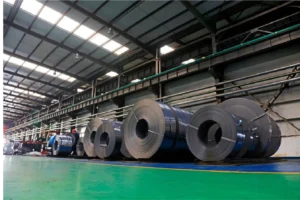
Why 316 Stainless Steel is More Corrosion-Resistant: Reducing Maintenance Costs and Increasing Longevity
The article explores the benefits of 316 stainless steel, highlighting its superior corrosion resistance due to the addition of molybdenum. This property significantly reduces maintenance costs and extends equipment lifespan, especially in harsh environments like marine and chemical processing. By investing in 316 stainless steel, industries can save on frequent repairs and downtime. The piece compares 316 to 304 stainless steel, underscoring the advantages of molybdenum in preventing pitting and crevice corrosion. It also discusses best practices for maintaining 316 stainless steel, emphasizing the importance of routine cleaning and smart design to enhance its durability….
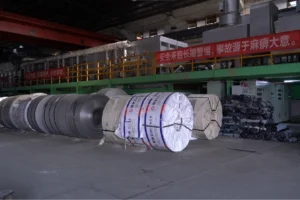
A Buyer’s Quick Guide: How to Use a Stainless Steel Grades Chart for Material Selection
Choosing the right stainless steel grade is crucial to avoid costly project failures. A stainless steel grades chart helps compare properties like corrosion resistance, strength, and cost. Understanding grades ensures optimal performance and cost-efficiency, preventing premature failure and reducing maintenance costs. MFY provides detailed technical data sheets and simplified charts to assist clients in making informed decisions. The article highlights the importance of matching project requirements with the appropriate grade by considering environmental exposure, mechanical demands, and fabrication needs. Partnering with a trusted supplier ensures quality and performance, supported by Mill Test Certificates….
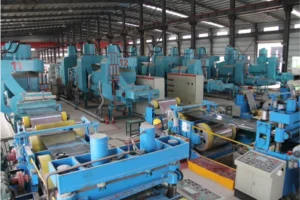
How to Partner with International Traders for Global Expansion
Expanding globally involves complex challenges, but partnering with international traders can simplify entry and reduce risks. Leveraging their networks and expertise accelerates market access. Understanding the global trade landscape is crucial to selecting the right partner, as it reveals regional demands and potential regulatory hurdles. Current trends like digitalization and agile supply chains offer opportunities for integrated partnerships. However, challenges such as strategic misalignment and cultural barriers must be addressed. Overcome these by conducting due diligence and maintaining open communication. A robust legal framework and technology integration are essential for successful collaboration and sustained growth….

How to Find and Verify a Trustworthy Stainless Steel Supplier
Finding a trustworthy stainless steel supplier is crucial to avoid project risks such as delays and poor quality. A systematic approach involves researching potential suppliers, verifying their certifications and references, and assessing their production capacity and logistics capabilities. Establishing clear communication and negotiating comprehensive contracts are also essential to ensure a reliable supply chain partnership. This process helps in building a resilient supply chain that offers a strategic advantage in the competitive market, ensuring that you have a dependable partner to support your business growth….

Stainless Steel Grades Chart: Understanding Types and Properties
Understanding the stainless steel grades chart is crucial for selecting the right alloy for your industrial applications. This guide helps navigate the complexities of stainless steel grades, focusing on chemical compositions, mechanical properties, and corrosion resistance. It provides insights into common grades like Austenitic 304 and 316, Ferritic 430, and Duplex 2205, offering guidance on their suitability across varying environments and applications. By evaluating factors like operating conditions, mechanical demands, and cost, you can select materials that ensure longevity and performance. Proper maintenance practices are also emphasized to preserve stainless steel’s integrity….

How to Choose Between 304 and 316 SS? A Comparison of Performance
Choosing between 304 and 316 stainless steel depends on application requirements and environmental conditions. 316 stainless steel, with added molybdenum, offers superior corrosion resistance, ideal for marine and chemical environments. In contrast, 304 is cost-effective for general indoor use. MFY advises assessing factors such as environmental exposure and lifecycle costs to ensure optimal material selection. Understanding these differences helps prevent costly mistakes and ensures long-term reliability….

Stainless Hardness Chart: HRB, HB, HV Explained
Are you struggling to decipher the differences between stainless steel hardness scales1? This confusion can lead to material selection errors, causing project…
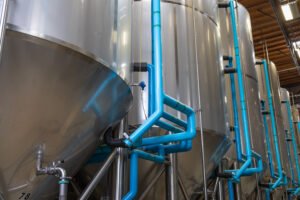
Gauge-to-mm Sheet Table: Free PDF Download
Struggling with complex sheet metal gauge-to-millimeter conversions? Inaccurate calculations can lead to disastrous and costly mistakes in manufacturing and construction, derailing project…
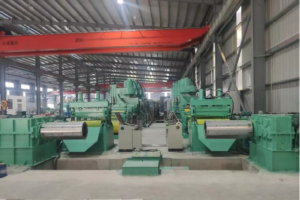
Stainless Surface Finishes 2B / BA / No.4 Compared
Navigating the world of stainless steel finishes can often feel overwhelming, with choices like 2B, BA, and No.4 presenting unique characteristics. Selecting…